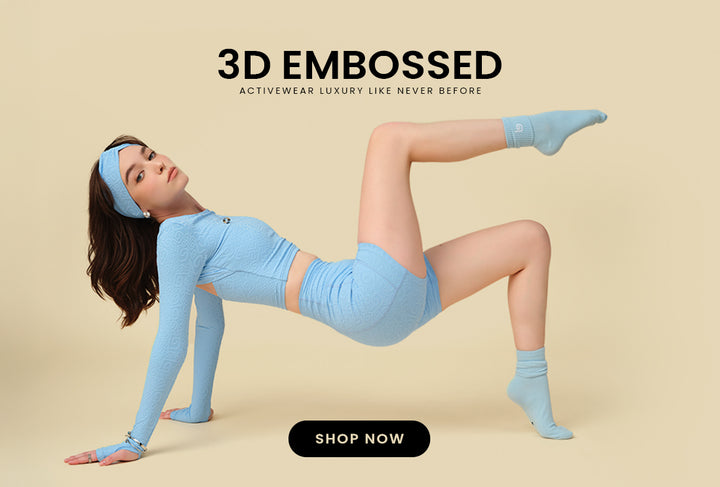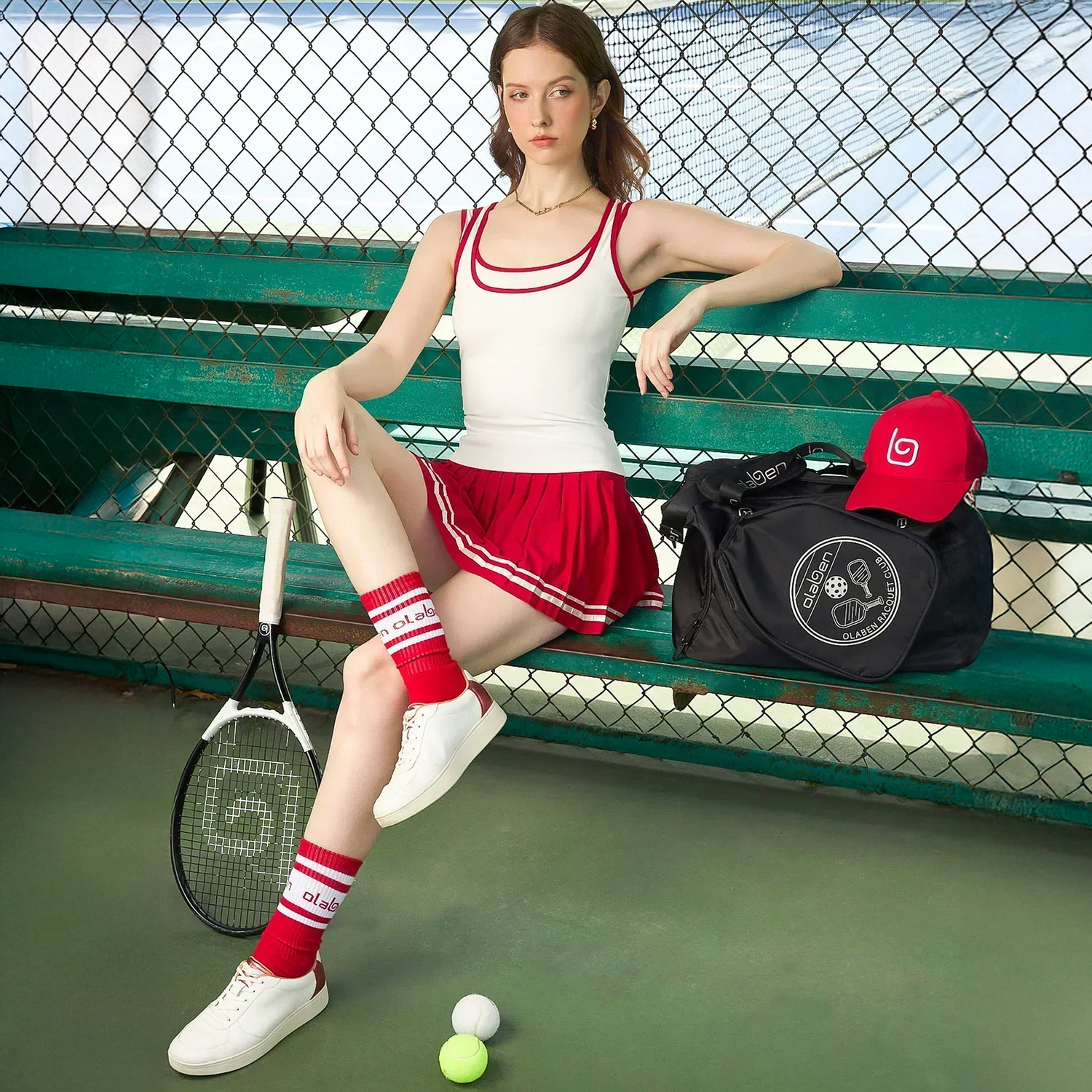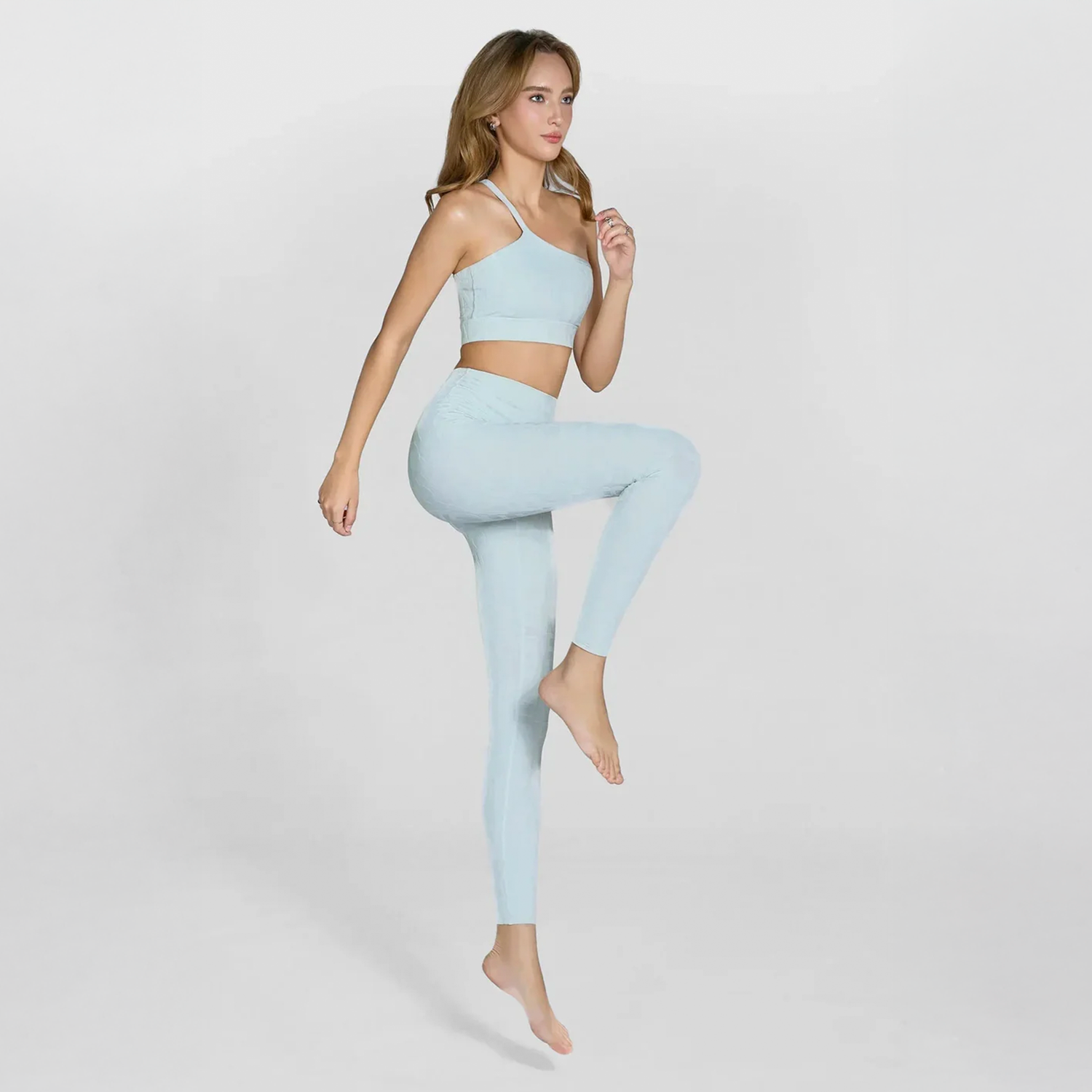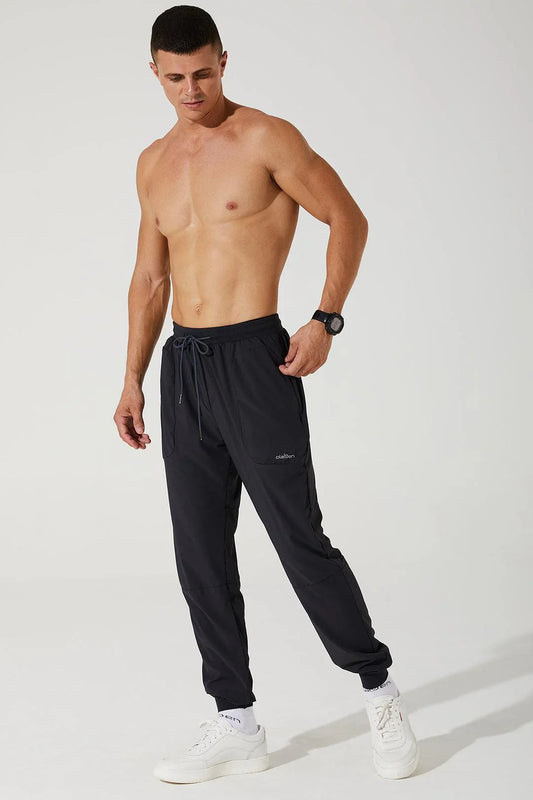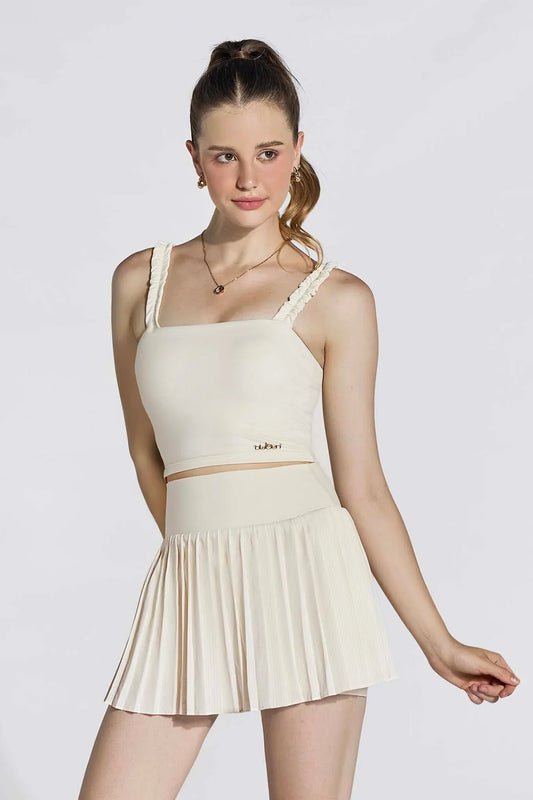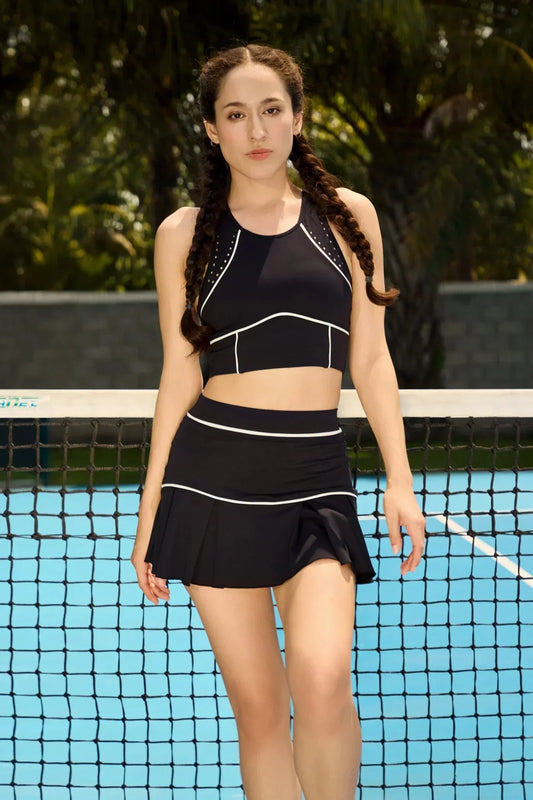Bạn đang muốn chọn cho mình một chiếc áo khoác hoàn hảo nhưng chưa biết nên bắt đầu từ đâu? Với quá nhiều kiểu dáng, chất liệu và phom dáng khác nhau, việc tìm được một chiếc áo vừa đáp ứng nhu cầu vừa thể hiện phong cách cá nhân có thể khiến bạn cảm thấy choáng ngợp. Đừng lo, chỉ cần tập trung vào những yếu tố quan trọng như tính năng, khí hậu và khả năng phối đồ, bạn sẽ nhanh chóng có được lựa chọn đúng đắn.
Những Yếu Tố Cần Xem Xét Khi Chọn Áo Khoác
Việc lựa chọn đúng áo khoác phụ thuộc vào việc bạn hiểu rõ những yếu tố thiết yếu gắn liền với nhu cầu sử dụng. Hãy chú trọng các khía cạnh sau để đảm bảo lựa chọn vừa tiện dụng, thoải mái mà vẫn thời trang.

Mục Đích Và Hoạt Động
Xác định bạn sẽ mặc áo khoác ở đâu và cho hoạt động nào. Các hoạt động chuyên biệt như leo núi hay trượt tuyết cần áo khoác với tính năng nâng cao như chống thấm nước hoặc giữ nhiệt. Với trang phục thường ngày, những thiết kế linh hoạt và chất liệu nhẹ sẽ phù hợp hơn. Trong môi trường công sở, bạn có thể cần đến những phom dáng may đo tinh chỉnh và phong cách trang nhã.
Khí Hậu Và Thời Tiết
Hãy lựa chọn áo khoác phù hợp với khí hậu nơi bạn sinh sống. Ở vùng lạnh, hãy ưu tiên áo phao lông vũ hoặc sợi tổng hợp có lớp chắn gió. Trong điều kiện mưa nhiều, áo khoác chống thấm hoặc kháng nước là lựa chọn cần thiết. Với khí hậu nóng ẩm, hãy chọn vải thoáng khí để duy trì sự thoải mái và cân bằng nhiệt độ.
Chất Liệu Và Vải
Chất liệu đóng vai trò quan trọng trong độ bền và hiệu quả sử dụng. Len và da mang lại sự ấm áp và phong cách trong mùa lạnh, trong khi sợi tổng hợp như polyester có khả năng chống ẩm tốt. Cotton hoặc vải pha giúp cân bằng giữa sự thoáng khí và thoải mái trong khí hậu ôn hòa. Các loại vải kỹ thuật được thiết kế riêng cho thể thao hoặc điều kiện khắc nghiệt là lựa chọn lý tưởng cho nhu cầu chuyên biệt.
Phom Dáng Và Sự Thoải Mái
Đảm bảo áo khoác vừa vặn, thoải mái và không hạn chế cử động. Phom dáng tiêu chuẩn phù hợp khi cần mặc nhiều lớp giữ ấm. Phom dáng slim fit hoặc may đo lại thích hợp với môi trường đô thị hoặc công sở. Khi thử áo, hãy di chuyển tay để kiểm tra độ linh hoạt trong sinh hoạt thường ngày.
Các Loại Áo Khoác Và Đặc Điểm Nổi Bật
Việc lựa chọn áo khoác sẽ dễ dàng hơn khi bạn hiểu rõ các loại phổ biến cùng đặc điểm của chúng. Mỗi kiểu dáng đều phục vụ một mục đích riêng, vừa thực tiễn vừa giúp tủ đồ thêm phong phú.
Áo Khoác Thường Ngày
Áo khoác casual ưu tiên sự thoải mái và phong cách thường nhật. Áo khoác denim dễ kết hợp với nhiều trang phục, đồng thời bền bỉ. Áo bomber với khóa kéo phía trước và bo chun tay mang lại vẻ thể thao, linh hoạt. Áo có mũ trùm đầu tăng tính tiện dụng, đặc biệt trong mưa nhẹ hoặc tiết trời se lạnh. Đây là lựa chọn hoàn hảo cho các hoạt động thường ngày, vừa thực tế vừa trẻ trung.

Áo Khoác Ngoài Trời Và Hiệu Năng
Áo khoác outdoor và performance tập trung vào khả năng bảo vệ và công năng, dành cho cả áo khoác thể thao nữ và áo khoác thể thao nam. Áo phao cung cấp khả năng giữ nhiệt tuyệt vời trong thời tiết lạnh nhờ lông vũ hoặc sợi tổng hợp. Áo khoác chống thấm nước, làm từ vải thoáng khí nhưng kháng nước, giúp bạn luôn khô ráo trong mưa, phù hợp cả khi đi làm và đi dã ngoại. Áo softshell với thiết kế nhẹ, linh hoạt là lựa chọn lý tưởng cho hoạt động vận động như leo núi, đạp xe hay chạy bộ. Dù là áo khoác nữ hay nam, mỗi loại đều được thiết kế để đáp ứng nhu cầu khí hậu và hoạt động cụ thể, đảm bảo sự thoải mái và bền bỉ lâu dài.

Áo Khoác Trang Trọng
Áo khoác formal kết hợp vẻ thanh lịch với thiết kế chuẩn mực. Blazer mang đến sự chỉn chu cho văn phòng hoặc sự kiện bán trang trọng với nhiều chất liệu như len hoặc linen. Trench coat với chiều dài đặc trưng và thắt lưng tạo điểm nhấn tinh tế trong mùa lạnh. Overcoat, thường làm từ len, vừa giữ ấm vừa phối hợp hoàn hảo cùng trang phục công sở. Đây là lựa chọn lý tưởng trong môi trường chuyên nghiệp hoặc trang trọng, thể hiện sự tinh tế vượt thời gian.
Phong Cách Và Thiết Kế
Chọn áo khoác phù hợp với phong cách cá nhân sẽ giúp chúng hòa hợp với tủ đồ và phản ánh gu thẩm mỹ riêng của bạn. Hãy chú ý đến màu sắc, họa tiết và tính đa năng để tối ưu giá trị của chiếc áo.
Màu Sắc Và Họa Tiết
Hãy ưu tiên gam màu trung tính như đen, xám, xanh navy để dễ dàng phối đồ và có tính bền vững theo thời gian. Nếu muốn tạo điểm nhấn, bạn có thể thử các tông nổi bật như đỏ hoặc xanh lá khi tủ đồ thiên về sắc trung tính.
Về họa tiết, màu trơn phù hợp với phong cách tối giản, trong khi caro, xương cá hay sọc mang lại sự trẻ trung, linh hoạt cho trang phục casual hoặc bán trang trọng. Trong môi trường formal, nên chọn họa tiết tinh tế để giữ sự sang trọng.
Tính Đa Năng Và Khả Năng Phối Đồ
Hãy chọn áo khoác có thiết kế linh hoạt. Áo denim cổ điển hoặc bomber nhẹ có thể dễ dàng chuyển đổi từ phong cách casual ban ngày sang buổi tối thư giãn. Với nhu cầu outdoor, bạn có thể cân nhắc áo khoác có tay tháo rời để tăng tính tiện lợi.
Kết hợp áo khoác với trang phục sẵn có trong tủ. Blazer may đo phối cùng quần âu cho môi trường công sở, hoặc trench coat khoác ngoài váy hay sơ mi để tạo lớp trang phục tinh tế. Một chiếc áo khoác đa năng sẽ giúp bạn tiết kiệm chi phí và giữ tủ đồ luôn thống nhất.
Ngân Sách Và Chất Lượng
Chọn áo khoác cũng đồng nghĩa với việc cân bằng giữa chi phí và chất lượng. Cách tiếp cận hợp lý sẽ giúp bạn đảm bảo khoản đầu tư xứng đáng với giá trị nhận lại.
Tìm Kiếm Giá Trị Tốt Nhất
Xem xét tần suất bạn mặc áo khoác. Nếu sử dụng hằng ngày, việc đầu tư nhiều hơn để đảm bảo giá trị lâu dài là hoàn toàn hợp lý. So sánh giá giữa các thương hiệu, bởi nhiều thương hiệu vẫn có lựa chọn phù hợp túi tiền mà không làm giảm chất lượng. Polyester thường có giá phải chăng hơn, trong khi vải pha len cân bằng giữa chi phí và sự sang trọng. Hãy tận dụng các dịp khuyến mãi theo mùa, khi áo khoác cao cấp thường được giảm giá. Đọc đánh giá từ người dùng trước cũng sẽ giúp bạn có thêm thông tin về độ bền và tính năng.
Cân Bằng Chi Phí Và Độ Bền
Một chiếc áo khoác bền sẽ giúp bạn tiết kiệm chi phí thay thế về lâu dài. Hãy chú ý đến đường may chắc chắn và phụ kiện bền bỉ. Vải tổng hợp có khả năng chống mài mòn tốt, trong khi chất liệu tự nhiên như da tuy cần bảo dưỡng nhưng lại có tuổi thọ cao. Ngoài ra, hãy kiểm tra các tính năng bổ sung như chống thấm hoặc giữ nhiệt để tăng hiệu quả sử dụng. Lựa chọn sản phẩm bền vững trong tầm giá sẽ giúp bạn không phải đánh đổi chất lượng để tiết kiệm chi phí.
Mẹo Khi Thử Và Mua Áo Khoác
Thử áo trước khi mua sẽ giúp bạn đảm bảo vừa vặn và phát huy tối đa công năng. Hãy chú ý đến độ thoải mái, khả năng cử động và chi tiết hoàn thiện để đưa ra lựa chọn tốt nhất.

Kiểm Tra Độ Vừa Vặn Và Tính Linh Hoạt
Bắt đầu bằng việc thử áo khoác bên ngoài trang phục hằng ngày. Hãy nâng tay, xoay người để kiểm tra áo có gây gò bó hay khó chịu không. Chú ý phần vai vì đây là yếu tố ảnh hưởng lớn đến tổng thể phom dáng. Đóng khóa kéo hoặc cài cúc để kiểm tra khoảng trống khi cần mặc thêm lớp áo bên trong. Đảm bảo tay áo đủ dài để che cổ tay khi cử động, nhưng không quá thừa. Một chiếc áo khoác vừa vặn sẽ giúp bạn di chuyển tự nhiên mà vẫn giữ dáng gọn gàng.
Chú Ý Đến Các Chi Tiết
Hãy quan sát những chi tiết hữu ích như túi an toàn để đựng đồ, hay cổ tay có thể điều chỉnh để giữ nhiệt tốt hơn. Kiểm tra đường may, khóa kéo, cúc áo để đảm bảo độ bền. Lớp lót cũng cần phù hợp, vừa tăng sự thoải mái vừa hỗ trợ giữ ấm. Các chi tiết hoàn thiện như phụ kiện và bề mặt áo sẽ tạo nên sự khác biệt: tinh xảo thì nâng tầm phong cách, ngược lại sơ sài sẽ làm giảm giá trị sản phẩm. Hãy chắc chắn mọi chi tiết đều phù hợp với mục đích sử dụng của bạn để không hy sinh tính thực dụng hay thẩm mỹ.
Kết Luận
Việc chọn áo khoác phù hợp không nhất thiết phải khiến bạn bối rối. Tại Olaben, chúng tôi tin rằng khi bạn tập trung vào nhu cầu, sở thích và ngân sách của bản thân, việc tìm ra chiếc áo khoác lý tưởng sẽ trở nên đơn giản và thú vị. Một chiếc áo khoác hoàn hảo cần mang lại sự thoải mái, công năng và phong cách – tất cả trong một.
Chúng tôi luôn khuyến khích bạn ưu tiên chất lượng và độ bền, để chiếc áo có thể đồng hành cùng bạn lâu dài. Với lựa chọn đúng đắn, bạn không chỉ nâng tầm phong cách cá nhân mà còn đầu tư khôn ngoan, giúp bạn tự tin trong mọi mùa và hoàn cảnh.
